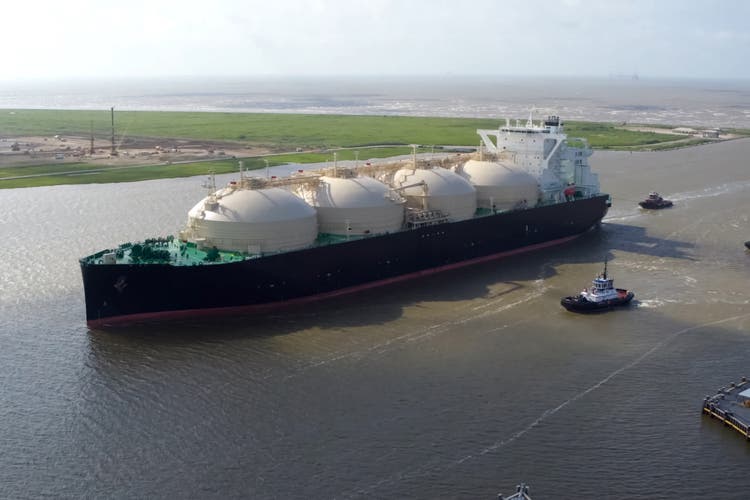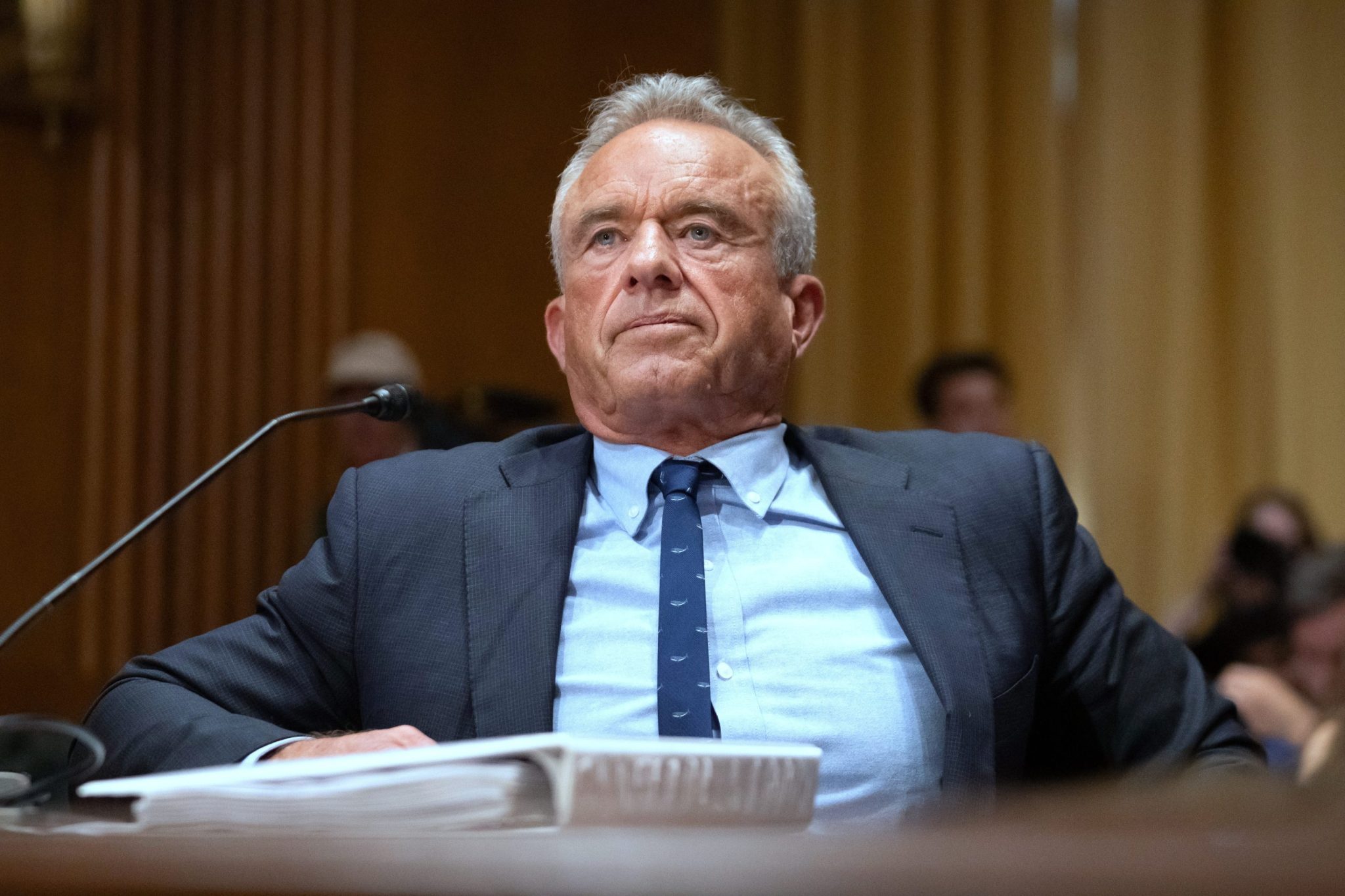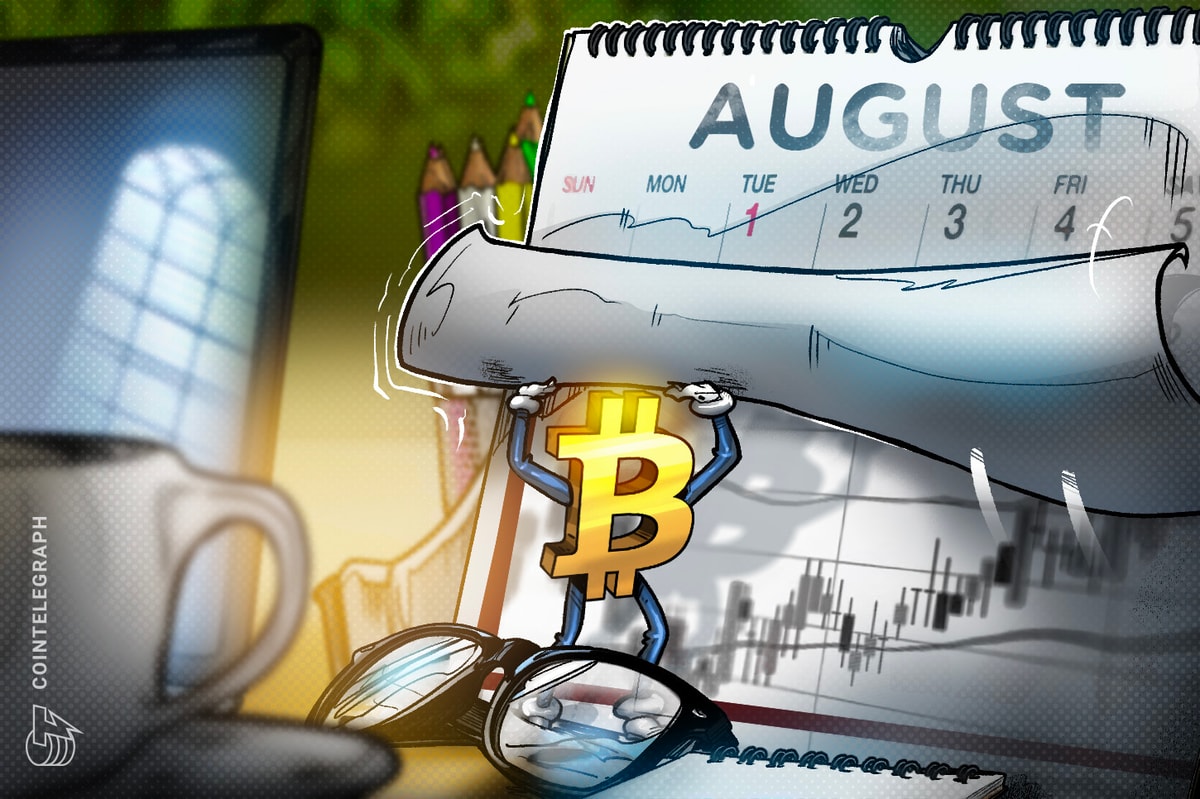 FLOOD SITUATION near the corner of Mother Ignacia and Sgt. Esguerra street in Barangay South Triangle, Quezon City after a heavy downpour on Aug. 30. — PHILIPPINE STAR/MIGUEL DE GUZMAN
FLOOD SITUATION near the corner of Mother Ignacia and Sgt. Esguerra street in Barangay South Triangle, Quezon City after a heavy downpour on Aug. 30. — PHILIPPINE STAR/MIGUEL DE GUZMANBy Angela Arnante
WHEN Quezon City streets went underwater after just a few hours of localized rain on Aug. 30, many were shocked. It is unusual for short bursts of rainfall to paralyze a major city in Metro Manila. We can’t predict the next similar downpour, but we know our infrastructure cannot adapt anymore, either due to corruption or the changing climate. And one thing is for sure, we know who pays for it: everyone.
Economists call this kind of spillover damage an externality — costs created by one actor but borne by others. When carbon emissions go unchecked, the rest of society shoulders the impact through stronger storms, disrupted harvests, health risks, and billions spent on response and recovery. Worse, such billions are pocketed and infrastructure — like flood control projects — are haphazardly done or not done at all.
The challenge is that these costs remain invisible in balance sheets. Without rules to make them matter, there is little incentive for firms to change their behavior. The question, then, is how to bring the hidden damage back into the decision-making of those who cause them.
SCARCITY CREATES PROPERTY RIGHTS
The late economist Harold Demsetz offered an answer: property rights emerge when externalities grow too large to ignore. When resources are abundant, there is little reason to define ownership. But when scarcity creates conflict or harm, societies invent property rights to manage them.
That is exactly what carbon credits represent. The atmosphere’s capacity to absorb greenhouse gases safely is limited. Once emissions exceed that capacity, damage multiplies in the form of extreme weather and economic disruption. Carbon markets establish property rights over a scarce global resource by turning each ton of emissions into a tradable credit. Polluters can no longer treat the air — the atmosphere — as a free dumping ground.
BARGAINING MAKES IT CHEAPER
Ronald Coase — later awarded the Nobel Prize in Economics — showed that once property rights are clear, people can bargain to resolve externalities more efficiently. Carbon markets embody this principle. A company that can reduce emissions or remove emissions from the atmosphere can sell credits to one that cannot. The outcome is the same — emissions fall — but at a much lower overall cost to society.
This is why carbon trading has taken root worldwide, from the European Union’s Emissions Trading System to regional initiatives in California and Asia. The point is not to excuse polluters. It is to harness market incentives so that reductions happen where they are most efficient, ensuring every peso or dollar spent on climate action goes further.
CARBON CREDITS AS PERSONAL PROPERTY
For the Philippines, a country highly vulnerable to climate risks, this economic logic carries particular weight. Each storm that disrupts farms, damages infrastructure, or displaces families is a reminder that climate change is not only an environmental problem, but also an economic one. Yet our current system leaves the costs scattered across government budgets, relief operations and ayuda (assistance), and household losses.
Carbon markets offer a different approach: make responsibility visible and tradable. A factory that emits must either invest in reducing its pollution or buy credits. A community that restores mangroves or protects watersheds — natural buffers against extreme weather — can earn credits and sell them. This transforms responsibility into an economic transaction: emitters pay, protectors gain, and society benefits.
For carbon markets to work in the Philippines, carbon credits must be firmly anchored in law. The clearest path is to recognize them as personal property — intangible but transferable, like royalties or intellectual property. This classification matters because it separates the carbon service from the land itself.
Under the Revised Civil Code, whoever owns the land is presumed to own the trees, and by extension, the carbon they store. On government forestlands, this rule means that carbon rights would revert to the State once the 25-year tenure — renewable for another 25 years — contract expires. This leaves communities and project developers without lasting claims. Carbon projects are required to last at least 30 years and ideally until 100 years.
Recognizing carbon credits as personal property breaks this dependency on land ownership. It ensures that those who generate and maintain carbon projects continue to own the credits they produce, even if their land tenure is temporary, even if land ownership changes.
The same principle should apply to projects on ancestral domains and private lands. Carbon credits should still be treated as personal property, distinct from land ownership. The key difference is that tenure limits do not apply: the land and its produce are already privately held. What matters in this case is a fair allocation of benefits and incentives among the stakeholders involved.
Only once credits are firmly recognized as property should they be treated as securities when pooled or marketed as investment products. This sequencing matters: without property rights as a foundation, securitization risks producing fragile paper claims without real ownership behind them.
In short, property first, securities second, if needed. When carbon credits are secured as personal property, ownership is clear, trade is possible, and incentives are aligned for long-term investment in climate action.
MAKING RESPONSIBILITY COUNT
Externalities always impose costs. The question is whether those costs remain hidden and passed on to the public, or whether they are assigned to the actors who create them. Demsetz helps explain why carbon credits had to be invented: because the atmosphere’s capacity to house carbon safely is scarce. Coase explains how trading those rights makes reductions efficient. Together, they point toward a system where responsibility is no longer invisible, but shared and allocated fairly.
Storms will still come, but the way we prepare for them can change. With carbon markets, the burden of climate responsibility need not fall entirely on ordinary Filipinos. It is time to reward activities that cut emissions and absorb carbon — from protecting forests and planting new ones, to generating renewable energy, capturing methane, improving farm practices, and investing in carbon removal technologies. And for carbon markets to succeed, carbon credits must rest on secure and clearly defined property rights.
Angela Arnante is a policy consultant at the Foundation for Economic Freedom.

 2 days ago
1
2 days ago
1






















 English (US) ·
English (US) ·